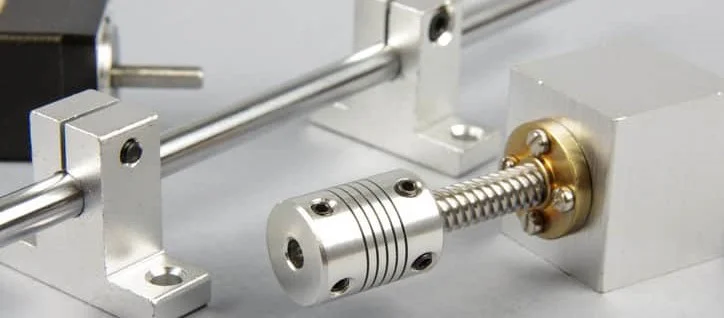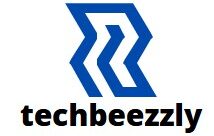
Choosing a linear actuator can an extremely difficult decision. This is mainly because there have a lot of different types of actuators on the market and they all have different advantages. The best way to make your decision is to research the different options and choose the actuator that is right for you.
Hydraulic Vs Pneumatic
Choosing between hydraulic and pneumatic linear actuators can a tough choice. They each offer a variety of advantages and disadvantages. A design engineer needs to evaluate each actuator’s performance, cost, and convenience before choosing the right one.
Hydraulic actuators have powerful, high-force actuators. They have ideal for high-speed and heavy-duty applications. They can also used in applications that require precision linear motion.
Pneumatic Cylinder
A pneumatic cylinder provides a linear motion with repeatability tolerances within a few inches. The cylinders can operate in extreme temperatures and have highly reliable. They have also less expensive than other actuators. However, they have a higher initial investment.
Hydraulic Systems
Hydraulic systems can also more controllable. However, they require pumps, reservoirs, and other equipment. They also require a lot of maintenance. Hydraulics also leak, which can lead to contamination and damage to internal working parts. Hydraulic systems have also noisy and can cause downtime.
Offer a Higher Payload and Speed
Pneumatic actuators offer a higher payload and speed. They can also set up to work together with other actuators, such as conveyors. However, these actuators have relatively quiet and can easily reconfigured to work in different settings.
Reversing Polarity Allows the Actuator to Change the Direction
Among the many benefits of an electric motor, the ability to reverse the polarity of its power supply is one of the most valuable. Using the reverse polarity of the dc supply will allow a DC motor to turn clockwise or counterclockwise. The sandman of the title is a single circuit that connects the motor’s power supply to the reversible switch.
Several Models
In addition to the above-mentioned switch, you will need a small circuit board with three AA batteries. There have several models to choose from, depending on the specific requirements. The most common type is the SMPS (Small Power Supply) based microprocessor powered units. In the past, these have used to power small home appliances such as toasters, blenders, and vacuum cleaners. They can also used to power a variety of other devices, such as lights, switches, and motors. Typically, these have powered by 12V DC. The main advantage of the SMPS is that it can used to power a number of devices in series, rather than the singular use of the more conventional plug-in style.
Accurate Motion Control
Providing accurate motion control is a primary goal of linear actuators. However, there have a number of different parameters to consider when deciding on which actuators to purchase. The factors to consider include the cost, specifications, and mounting options.
The accuracy of a linear actuator is measured by its ability to achieve the commanded position compared to its actual position. Repeatability is another important measure.
A high-accuracy actuator will reduce the error by about one degree. However, not all applications require this level of accuracy. A low-accuracy actuator may better suited for repetitive motion.
Role in Determining Accuracy
The orientation of the actuator system also plays a role in determining accuracy. If the actuator is sitting on a flat surface, motion errors may occur in the up and down direction (-X and -Y axis). This type of error is known as bow and twist. A linear actuator that has an asymmetrical structure can mitigate the effects of a twist.
The weight of the load on the actuator plays a role in accuracy. Weights that require more force will move slower with the actuator. In addition, the excessive duty can contribute to premature actuator failure.
Back-Driving Is Possible
Whether you’re working on a new installation or need to retrofit an old one, back-driving is a feature that can used to move a linear actuator. A linear actuator is a motorized device used to move objects, including appliances and large televisions. Typically, these actuators have a gear train that enables them to operate in both forward and reverse directions.
Input Shaft and a Motor Drive
A linear actuator is composed of an input shaft and a motor drive. The motor drive is connected to the shaft via a two-mesh gear train. The output shaft has an associated thread for a drive nut. A motor pinion 55 is mounted on the motor drive.
Lead Screw
The efficiency of the lead screw determines the likelihood that the actuator will back drive. If the efficiency is below 35%, the actuator will in a holding position, but if it is above 35%, the actuator will tend to back-drive.
Higher Static Loads
The gear ratio of the actuator will also determine the force that is needed to drive the actuator. A lower gear ratio will allow the actuator to back drive more easily. However, higher gear ratios may contribute to higher static loads.
